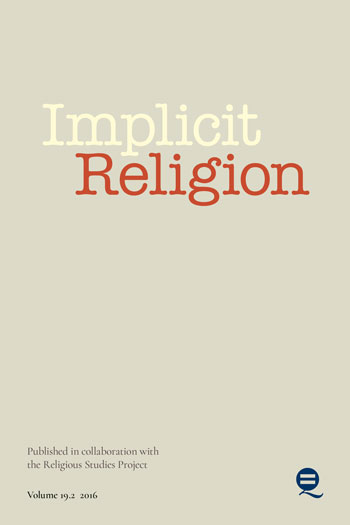Religious Super-diversity and Peacebuilding across Asia and its Diasporas
Alessandro Saggioro [+–]
Sapienza University, Rome
Carmelo Russo [+–]
Sapienza University, Rome
The book explores two central themes: superdiversity, particularly within religious contexts, and the practice of peacebuilding. Contributors examine how these themes intersect, combining theoretical discussions with real-world case studies. The introduction lays out the book’s conceptual framework and structure, featuring an opening chapter by Dionigi Albera and Maria Chiara Giorda, followed by eight chapters divided into two sections: one focusing on religious superdiversity in Asia and its implications for peacebuilding, and the other exploring case studies of the Asian diaspora in Italy, using Rome as a focal point.
Steven Vertovec’s seminal 2007 article introduced the concept of superdiversity, highlighting its transformative implications for immigration. Despite initial acclaim, superdiversity has faced criticism from scholars questioning its novelty and practical utility. Critiques include its ambiguous nature, challenges in quantifying complexity, and discrepancies in global migration patterns. However, the term has expanded across disciplinary boundaries and geographical contexts. Religion, once peripheral to discussions of superdiversity, has gained prominence and religious pluralism has become a key aspect of many researches offering insights into contemporary society’s complexity. Throughout history, cultural relations have been marked by collisions and reshaping, accelerated by global migration and interconnectedness. Pluralism, while enriching society, may also engender conflicts, highlighting the need for comprehensive understanding and promotion of sustainable citizenship. This entails embracing diversity, fostering inclusion, and promoting mutual respect and equal participation for all members of society.
The book takes a deep dive into the intricate relationship between superdiversity and peacebuilding, recognizing the complex interplay between these two phenomena. It employs empirical analyses spanning diverse geographical areas such as Syria, Indonesia, Nepal, Vietnam, and Asian diasporas in Italy. Through the lens of various religious contexts including Islam, Buddhism, Hinduism, Catholic Christianity, as well as “Traditional” and “Indigenous” religions, the authors explore how historical and anthropological narratives shape conflicts and their non violent transformation.
In sum, the book offers a thorough examination of superdiversity, peacebuilding, and dialogue, providing valuable insights into the multifaceted nature of contemporary society and the complexities involved in fostering peace amidst diversity.
Series: Religions and Peace Studies
Table of Contents
Introduction
Chapter 1
Part 1. Asian Case Studies
University. She received a doctoral degree in anthropology from SOAS, University of
London. From 2020 to 2022, she worked as a post-doctoral fellow at Sun Yat-Sen
University. Her research interests include anthropology of Christianity, Vietnamese
Catholicism and gender.
Part 2. Asian Diasporas in Italy
£24.95 / $32.00
Institutional
£75.00 / $100.00







